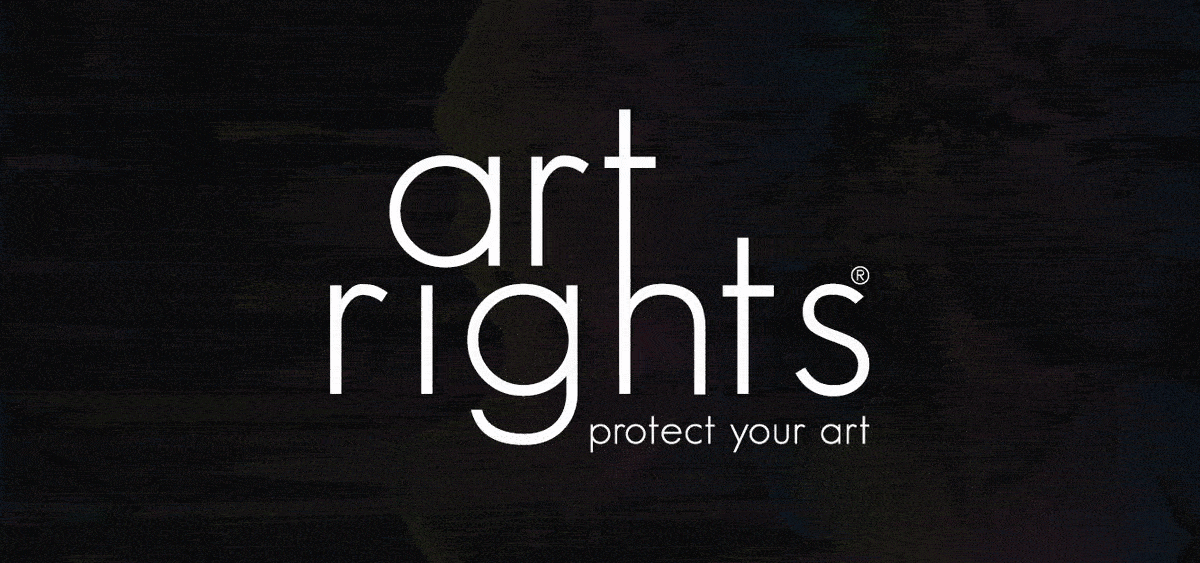COLLECTING PERFORMANCE ART
The contracts governing the sale of an intangible work
Performance Art is an artistic form in which the action of an individual or a group identifies with a work of art.
Performance Art is linked to the concepts of space and time, and it is concretized in the presence or absence of an audience. This can be organized or random, documented or recorded through media.
The predominant element is the exclusivity of where and when the performance takes place.
Performance Art is protected by copyright, at national and international level, but its temporary nature poses, however, the problem on how to protect and collect.
The easiest and most common way in the market to sell performances is the sale of photographs, videos and objects derived from the action.
In favour of the artist there is copyright protection, which allows the exclusive right to reproduce the work in whole or in part, to authorise recording, distribution, public performance and communication.
In fact, at the contractual level, the artist can define the modalities for the transfer of the performance, for example by transferring the exclusive right of reproduction or re-performance. Moreover, since copyright is independent of each other, the assignment of the performance itself does not automatically include the assignment of the right of re-performance.
The subordination of the effectiveness of the assignment of the credit to the consent of the artist serves, in fact, to protect the artist’s interest. In this way, the latter is free to choose whether or not to perform in favour of a subject other than the one with whom he had previously agreed, in order to safeguard his prestige.
An example of the transfer of the right to re-execute the performance is given by the artist Félix González-Torres, who for works such as “Untitled” (Portrait of Ross in L.A.) of 1991 and exhibited at the Art Institute of Chicago has provided a contract in which he gives instructions to materially supply the works, such as a stack of sheets or candy.
The artist then communicates instructions, which the buyer must then follow and execute.
The authenticity of the performance depends on compliance with these instructions.
The contract concerning a performance is an intangible work contract, not subject to any formal requirements, but subject to the other requirements of Article 1325 of the Italian Civil Code which legitimises the agreement between the parties.
The irrelevance of a written form for the transfer of performances is well represented by the case of the artist Tino Sehgal, who enters into oral contracts in front of a notary and with witnesses in which he transfers his performances together with instructions for reproducing them, as happened with the collector Giorgio Fasol.
Collecting Performance Art is therefore possible, with due precautions and the right contractual conditions in respect of its creator: the Artist.




